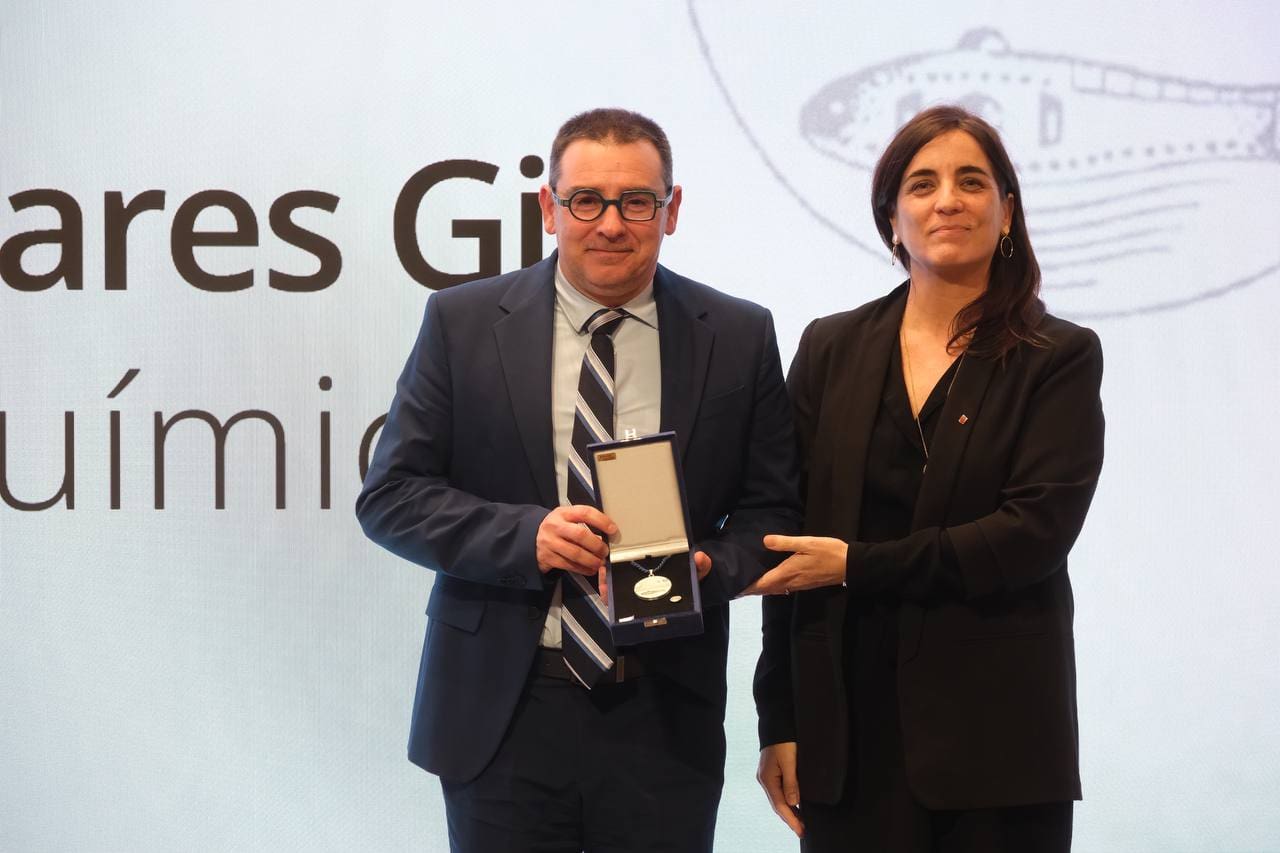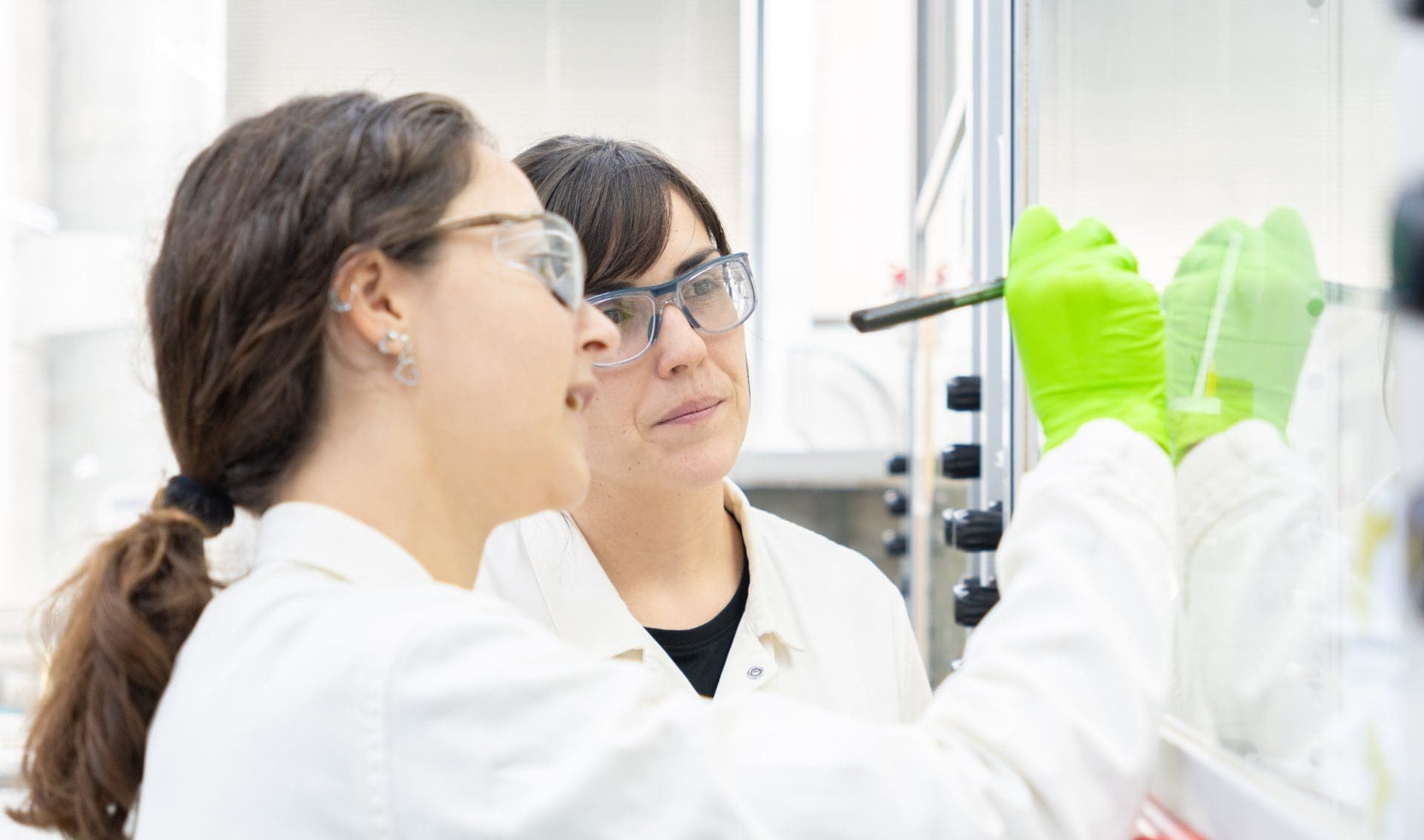Review of the challenges in the design and synthesis of self-assembling molecules (SAM) in perovskite solar cells
Prof. Emilio Palomares’ group has published a review gathering the advances in SAMs, focusing on their structural features, to introduce order among all the synthetic protocols to synthesise these molecules. The work has been published at Chemical Science with a special mention from the editorial team.
Perovskite solar cells (PSCs) are considered nowadays amongst the most promising next generation photovoltaic technologies. Such as other photovoltaic devices, the structure of the PSCs are made of a multilayer stack in which the light absorbing layer (perovskite layer) is sandwiched between two charge transporting layers, the hole transporting layer (HTL) and the electron transporting layer (ETL).
To design stable and efficient PSCs, the selection of the transport layers, as well as the perovskite material, are crucial. Among all the HTLs, during the last 5 years, special attention has been put to the development of self-assembled molecules (SAMs). The group of Prof. Emilio Palomares have recently presented a review that covers the current challenges for the design and synthesis of SAMs for perovskite solar cells.
“The commercial development of perovskite-based photovoltaics still struggles to increase the stability and the efficiency of the devices, despite recent progress in the latter. SAMs, applied as selective contacts, play a crucial role in the perovskite solar cells. Their location between the perovskite photoactive layer and the electrode affects the charge transport within the device and the passivation of the interfaces which influences the stability and the efficiency of the whole device,” as explains Dr. Eugenia Martínez-Ferrero, one of the authors and scientific coordinator of Prof. Palomares’ group.
The present review, published at Chemical Science journal is divided into three main topics:
- The structural features that define a SAM, and how each part of the molecule has an effect on the overall behaviour
- A quick overview of all commercial SAMs that have been used from the beginning, and how they have inspired the synthesis of new and complex SAMs to pursuit better efficiencies
- A revision of all the synthetic protocols to discuss their pros- and cons- and enhance the role of organic chemistry in this field, guiding the synthetic chemists to develop novel structures and benign procedures that promote the industrialization of PSCs.
The work, entitled “Challenges in the design and synthesis of Self-Assembling Molecules as selective contacts in perovskite solar cells” has been chosen as a “Pick of the Week” by the Chemical Science editorial team due to strong positive reception and comments from the consulted reviewers.

This project has received financial support from the AEI/MCIN/10.13039/501100011033 (CEX2019-000925-S, PID2019-109389RB-I00 and PID2022-139866NB-I00) and AGAUR (2021 SGR 01261). The author Carlos E. Puerto Galvis thanks the European Union (Horizon 2020 Marie Skłodowska-Curie COFUND grant agreement No 801474) and Dora A. González Ruiz acknowledges financial support from the MINECO predoctoral fellowship (BES-2017-082439).
Related news

Let's create a brighter future
Join our team to work with renowned researchers, tackle groundbreaking
projects and contribute to meaningful scientific advancements








 17-02-2025
17-02-2025 


















